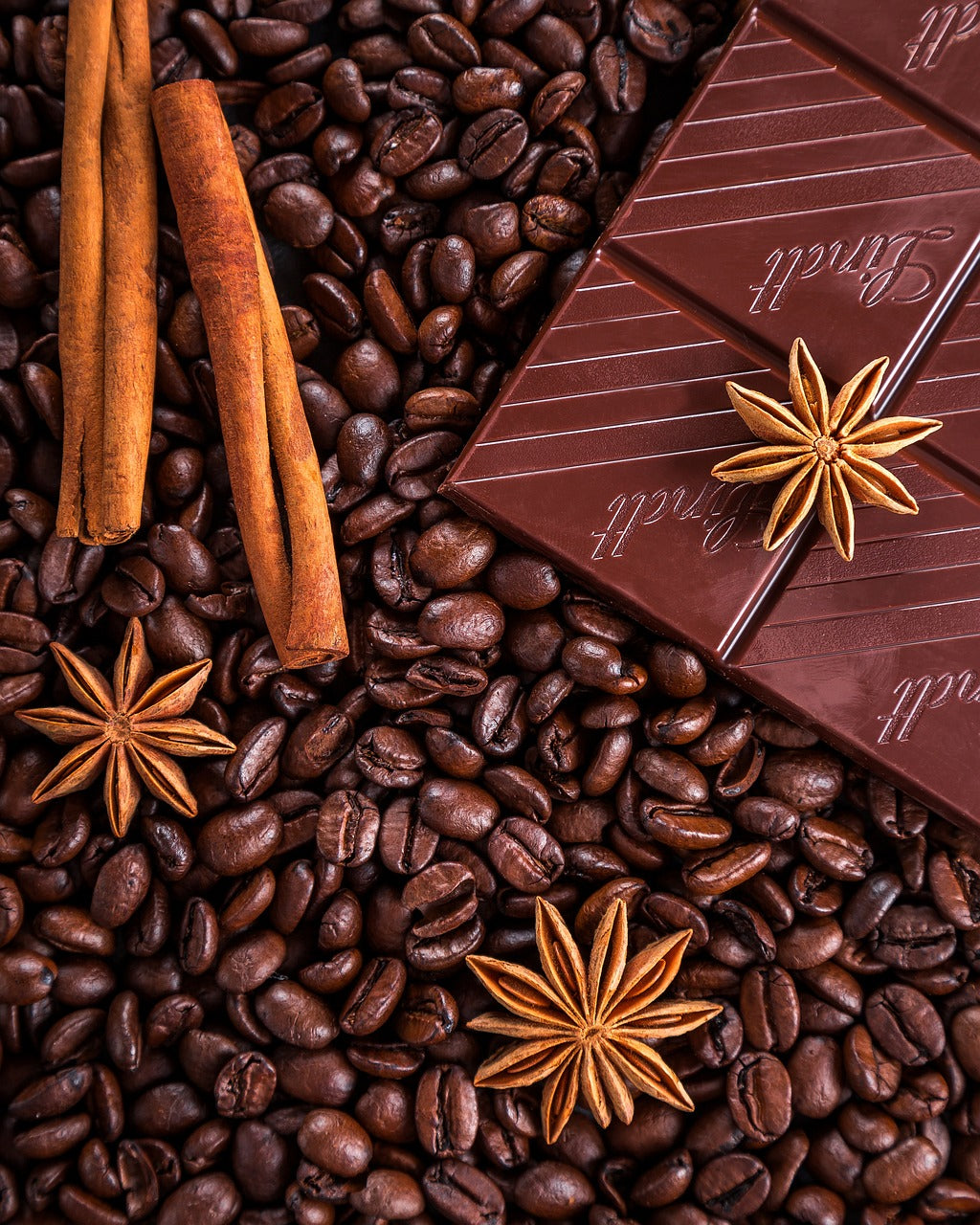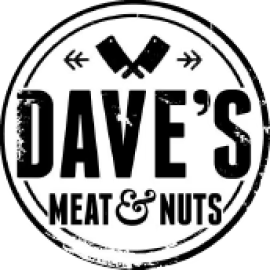-
Cacao: The tropical tree (Theobroma cacao) that produces cacao beans, the primary ingredient in chocolate.
-
Cacao Pod: The fruit of the cacao tree, containing cacao beans surrounded by sweet pulp.
-
Cacao Beans: The seeds of the cacao pod, used to make chocolate. They are dried, roasted, and ground to produce cocoa mass or cocoa liquor.
-
Cocoa Mass (Cocoa Liquor): A paste produced by grinding roasted cacao beans, consisting of both cocoa solids and cocoa butter.
-
Cocoa Solids: The non-fat component of cocoa beans, which is responsible for the chocolate's flavor and color.
-
Cocoa Butter: The fat extracted from cacao beans, used in chocolate production to give it a smooth texture.
-
Conching: A chocolate refining process involving continuous mixing and aerating to improve texture and flavor.
-
Tempering: The controlled heating and cooling of chocolate to stabilize cocoa butter crystals, ensuring proper texture and appearance.
-
Ganache: A rich mixture of chocolate and cream used for truffles, fillings, and frostings.
-
Couverture: High-quality chocolate with a high cocoa butter content, ideal for tempering and coating.
-
Trinitario: A hybrid cacao bean variety, combining the flavor characteristics of both Forastero and Criollo beans.
-
Criollo: A rare and highly regarded cacao bean variety known for its fine flavor and aroma.
-
Forastero: The most common cacao bean variety, known for its robust flavor and high yield.
-
Single-Origin Chocolate: Chocolate made from cacao beans sourced from a single geographic region, highlighting unique flavor profiles.
-
Bean-to-Bar: A chocolate-making process in which the producer controls every step, from cacao bean selection to the final product.
-
White Chocolate: Chocolate made from cocoa butter, sugar, and milk solids without cocoa solids.
-
Dark Chocolate: Chocolate with a high cocoa content, typically containing minimal sugar and no milk solids.
-
Milk Chocolate: Chocolate made with cocoa solids, milk solids, and sugar, resulting in a creamy and sweet flavor.
-
Bittersweet Chocolate: Dark chocolate with a high cocoa content and a more intense, less sweet flavor.
-
Semisweet Chocolate: Dark chocolate with a moderate sugar content, suitable for baking and snacking.
-
Couverture Chocolate: High-quality chocolate with a high cocoa butter content, ideal for coating truffles and confections.
-
Chocolate Bloom: The white, powdery appearance on the surface of chocolate caused by temperature fluctuations.
-
Sugar Bloom: The white, crystalline appearance on the surface of chocolate caused by moisture.
-
Chocolate Confections: Various candies, pralines, and truffles made using chocolate.
-
Praline: A confection made from nuts, often ground into a paste and mixed with chocolate.
-
Chocolate Drizzle: A decorative technique involving the thin pouring of melted chocolate onto a dessert or confection.
-
Chocolate Fondue: A dessert where pieces of fruit, marshmallows, or other items are dipped into melted chocolate.
-
Chocolate Fountain: A device that circulates melted chocolate, allowing guests to dip various foods for a chocolate coating.
-
Cocoa Nibs: Small, crushed pieces of roasted cacao beans used as a topping or ingredient in various dishes.
-
Chocolate Grater: A tool used to finely grate chocolate for garnishing desserts and drinks.
-
Chocolate Mousse: A light, airy dessert made from whipped chocolate, eggs, and cream.
-
Hot Chocolate: A warm beverage made from melted chocolate, milk, and sugar, often topped with whipped cream or marshmallows.
-
Drinking Chocolate: A thick and rich beverage made by dissolving chocolate in hot milk or water.
-
Chocolate Syrup: A sweet liquid made from cocoa, sugar, and water, used for flavoring beverages and desserts.
-
Chocolate Chip: Small, flat pieces of chocolate used in baking, often found in cookies and cakes.
-
Cocoa Powder: Finely ground, unsweetened chocolate solids, used for baking and making hot cocoa.
-
Chocolate Spread: A sweet, spreadable mixture made from chocolate and other ingredients, such as hazelnuts.
-
Cocoa Butter Cream: A luxurious body lotion or cosmetic product made from cocoa butter, prized for its moisturizing properties.
-
Chocolate Tasting: A sensory experience that involves evaluating the flavor, texture, and aroma of different chocolates.
-
Chocolate Pairing: Matching specific chocolates with complementary foods or beverages to enhance the tasting experience.
-
Chocolate Artisan: A skilled craftsman who specializes in creating handmade chocolates with unique designs and flavors.
-
Chocolate Museums: Educational institutions dedicated to the history, production, and artistry of chocolate.
-
Chocolate Bar Wrapper: The packaging that encases a chocolate bar, often featuring branding and product information.
-
Chocolate Mold: A shaped container used to create chocolates with specific designs and shapes.
-
Chocolate Taster: A professional who evaluates chocolate for quality and flavor, often employed by chocolate companies.
-
Chocolate Sampler: A collection of assorted chocolates, providing a variety of flavors and textures in a single package.
-
Chocolate Garnish: Decorative elements made from chocolate, often used to enhance the presentation of desserts.
-
Chocolate Liqueur: A sweet, alcoholic beverage flavored with chocolate, often enjoyed as a dessert liqueur.
-
Chocolate Covered Espresso Bean: Roasted coffee beans coated in chocolate for a delightful combination of flavors and textures.
-
Chocolate Martini: A cocktail made with vodka, chocolate liqueur, and other ingredients, offering a rich and indulgent flavor profile.

